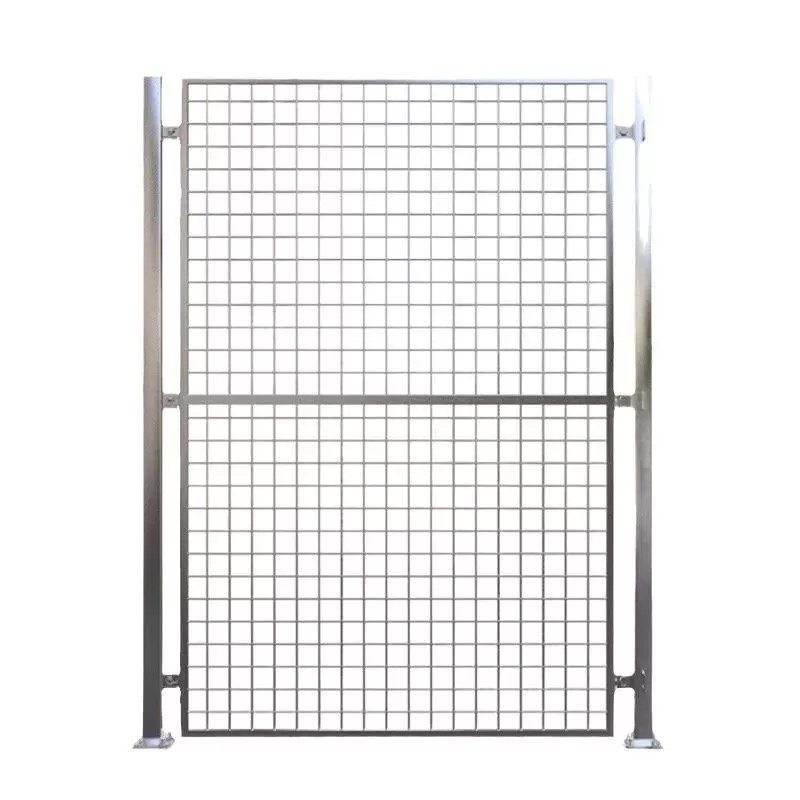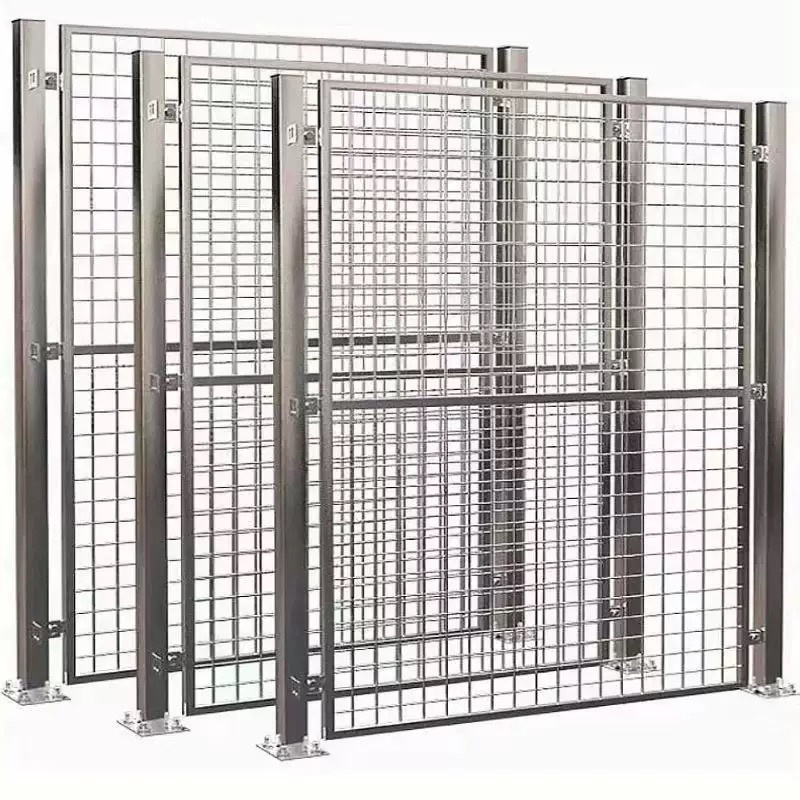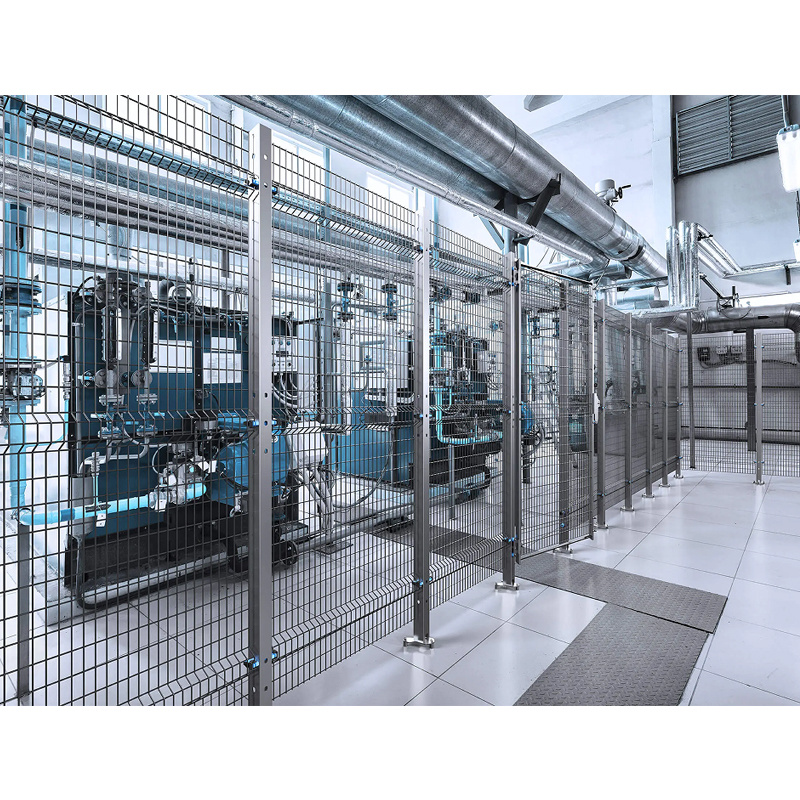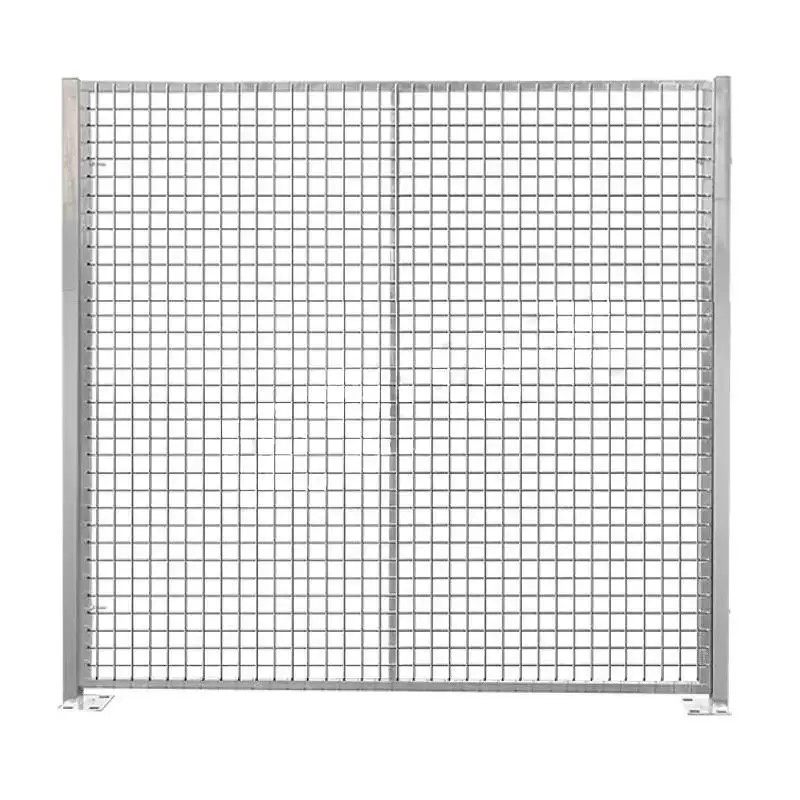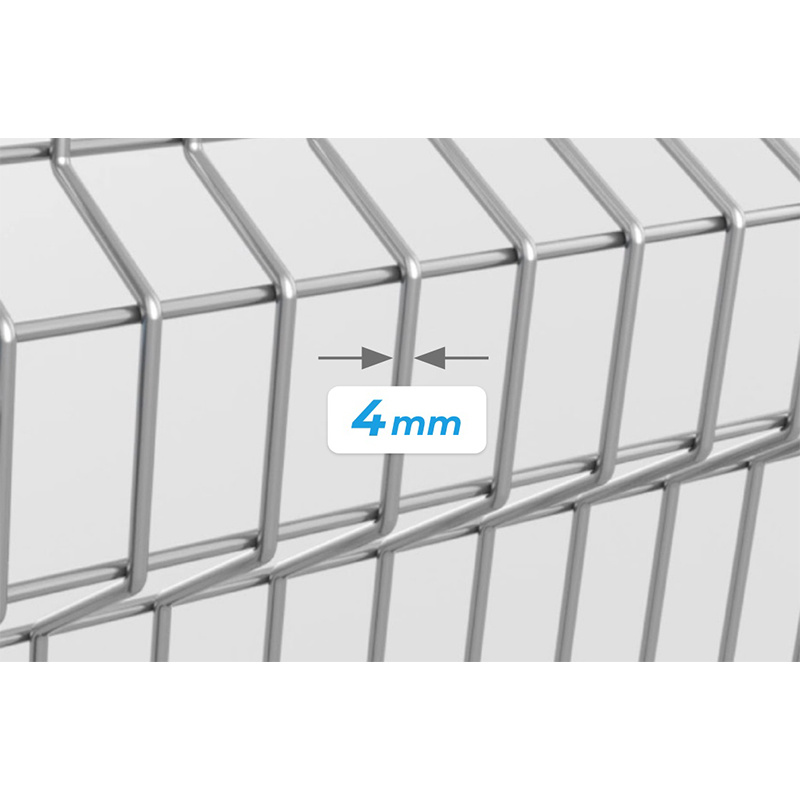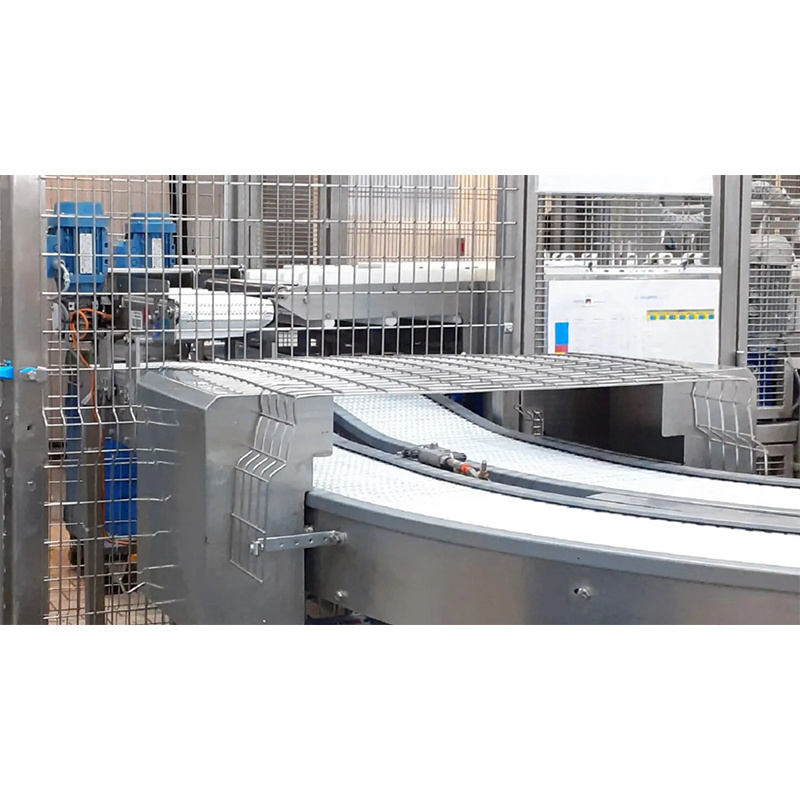Understanding the Advantages of 3D Bending Fences in Architectural Design
Release Time:
Jul 18,2025
In the realm of architectural design and construction, the use of 3D bending fences has emerged as a notable trend, capturing the attention of professionals seeking to blend functionality with aesthetics. A 3D bending fence is characterized by its ability to create dynamic curves and shapes that traditional fencing materials cannot achieve. This innovative approach allows architects and designers
In the realm of architectural design and construction, the use of 3D bending fences has emerged as a notable trend, capturing the attention of professionals seeking to blend functionality with aesthetics. A 3D bending fence is characterized by its ability to create dynamic curves and shapes that traditional fencing materials cannot achieve. This innovative approach allows architects and designers to incorporate unique visual elements into their projects while maintaining structural integrity and durability.
One of the most significant advantages of 3D bending fences is their versatility. These fences can be tailored to fit various landscapes and architectural styles, making them an ideal choice for residential, commercial, and public spaces. The ability to bend and shape the material means that designers can create custom solutions that enhance the overall appearance of a site. Whether you are looking to define boundaries, provide security, or add an artistic touch to a landscape, 3D bending fences offer limitless design possibilities.
Another key benefit of 3D bending fences is their enhanced durability compared to traditional fencing materials. Often constructed from high-quality metals or advanced composites, these fences are designed to withstand harsh weather conditions, UV exposure, and physical wear. This resilience ensures that the aesthetic appeal remains intact over time, reducing maintenance costs and the need for frequent replacements.
In addition to their practical advantages, 3D bending fences can significantly improve the overall ambiance of a space. The flowing lines and soft curves of a well-designed fence can soften the harshness of urban environments, creating a more inviting atmosphere. They can also serve as a striking backdrop for gardens, parks, and outdoor areas, enhancing the beauty of the landscape.
Moreover, the installation process of 3D bending fences has become increasingly streamlined due to advancements in fabrication techniques and materials. With precise engineering and modern manufacturing methods, these fences are not only easier to install but also compatible with a range of mounting options. This adaptability allows for seamless integration into existing structures or landscapes, ensuring that the final outcome meets the vision of the designer.
In conclusion, 3D bending fences represent a fusion of innovation and practicality within the architecture and design sectors. Their unique characteristics enable the creation of eye-catching designs that do not compromise on durability or functionality. As architects and designers continue to explore the potential of these fences, they are likely to become a staple in contemporary building projects, further enhancing the aesthetic and functional value of our spaces. Embracing 3D bending fences could be the next step in your architectural endeavors, providing both creativity and resilience to your designs.
One of the most significant advantages of 3D bending fences is their versatility. These fences can be tailored to fit various landscapes and architectural styles, making them an ideal choice for residential, commercial, and public spaces. The ability to bend and shape the material means that designers can create custom solutions that enhance the overall appearance of a site. Whether you are looking to define boundaries, provide security, or add an artistic touch to a landscape, 3D bending fences offer limitless design possibilities.
Another key benefit of 3D bending fences is their enhanced durability compared to traditional fencing materials. Often constructed from high-quality metals or advanced composites, these fences are designed to withstand harsh weather conditions, UV exposure, and physical wear. This resilience ensures that the aesthetic appeal remains intact over time, reducing maintenance costs and the need for frequent replacements.
In addition to their practical advantages, 3D bending fences can significantly improve the overall ambiance of a space. The flowing lines and soft curves of a well-designed fence can soften the harshness of urban environments, creating a more inviting atmosphere. They can also serve as a striking backdrop for gardens, parks, and outdoor areas, enhancing the beauty of the landscape.
Moreover, the installation process of 3D bending fences has become increasingly streamlined due to advancements in fabrication techniques and materials. With precise engineering and modern manufacturing methods, these fences are not only easier to install but also compatible with a range of mounting options. This adaptability allows for seamless integration into existing structures or landscapes, ensuring that the final outcome meets the vision of the designer.
In conclusion, 3D bending fences represent a fusion of innovation and practicality within the architecture and design sectors. Their unique characteristics enable the creation of eye-catching designs that do not compromise on durability or functionality. As architects and designers continue to explore the potential of these fences, they are likely to become a staple in contemporary building projects, further enhancing the aesthetic and functional value of our spaces. Embracing 3D bending fences could be the next step in your architectural endeavors, providing both creativity and resilience to your designs.
Hot Products


